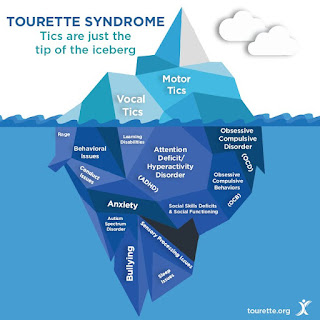Parkinson’s disease (PD) is the most common neurodegenerative cause of parkinsonism, a clinical syndrome characterized by lesions in the basal ganglia, predominantly in the substantia nigra.
As a rule, PD begins between the ages of 40 and 70 years, with peak age onset in the seventh decade. The prevalence of PD is approximately 160 cases per 100,000 population, and the incidence is about 20 cases per 100,000 population. The pathological changes of PD may appear as early as three decades before the appearance of clinical signs. The cause of PD is probably multi factorial, with contributions from hereditary predisposition, environmental toxins, and aging.
Symptoms can take years to develop, and most people live for many years with
the disease. The symptoms caused by Parkinson’s include an ongoing loss of motor
control (resting tremors, stiffness, slow movement, postural instability) as well as a
wide range of non-motor symptoms (such as depression, loss of sense of smell, gastric problems and cognitive changes).
Parkinson's disease can cause varying and progressive symptoms throughout its course. Some of the most common symptoms associated with the disease include:
A person with Parkinsonism may have some, but not all, of the symptoms listed above. This is because they also have an additional disorder that affects the brain's functioning.
For example, people with Parkinsonism often do not have the hand tremor that affects many people with Parkinson's disease.
Other symptoms associated with Parkinsonism include:
As a rule, PD begins between the ages of 40 and 70 years, with peak age onset in the seventh decade. The prevalence of PD is approximately 160 cases per 100,000 population, and the incidence is about 20 cases per 100,000 population. The pathological changes of PD may appear as early as three decades before the appearance of clinical signs. The cause of PD is probably multi factorial, with contributions from hereditary predisposition, environmental toxins, and aging.
Symptoms can take years to develop, and most people live for many years with
the disease. The symptoms caused by Parkinson’s include an ongoing loss of motor
control (resting tremors, stiffness, slow movement, postural instability) as well as a
wide range of non-motor symptoms (such as depression, loss of sense of smell, gastric problems and cognitive changes).
Parkinson's disease can cause varying and progressive symptoms throughout its course. Some of the most common symptoms associated with the disease include:
- difficulty showing facial expressions
- muscle stiffness
- slowed, affected movements
- speech changes
- tremor, especially of one hand
A person with Parkinsonism may have some, but not all, of the symptoms listed above. This is because they also have an additional disorder that affects the brain's functioning.
For example, people with Parkinsonism often do not have the hand tremor that affects many people with Parkinson's disease.
Other symptoms associated with Parkinsonism include:
- dementia
- issues with the autonomic nervous system, such as problems with controlled movements or spasms
- early problems with balance
- rapid onset and progression of symptoms










































